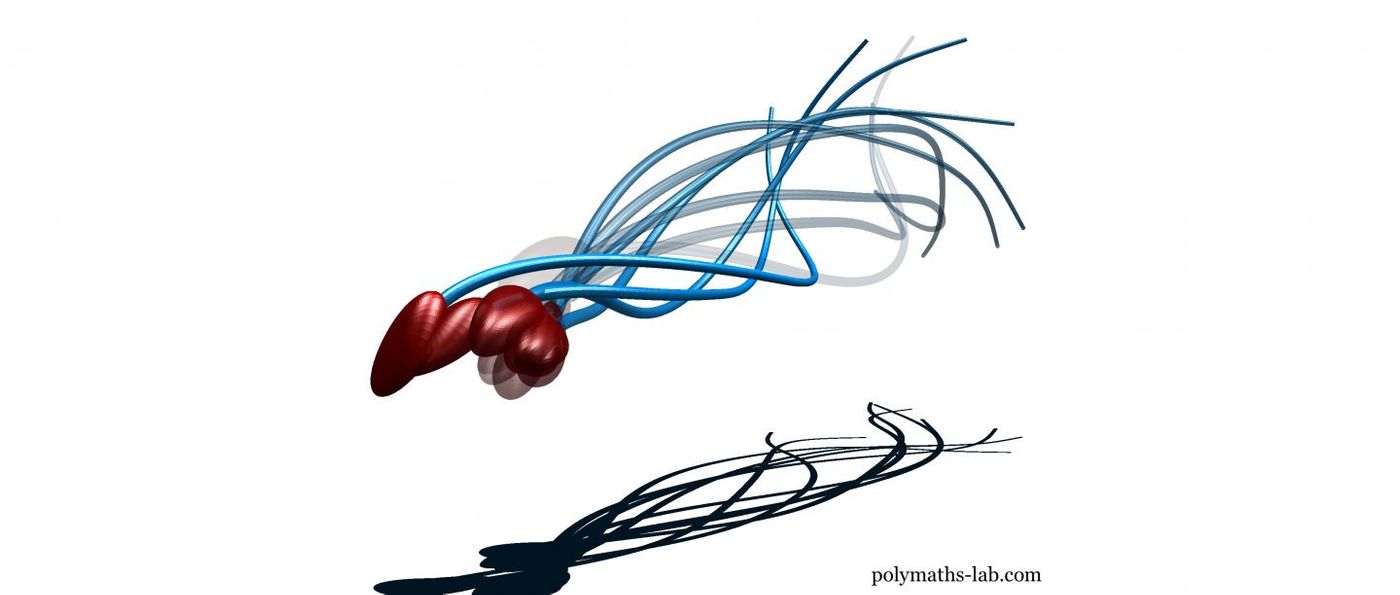Research Shows That Sperm Don't Wriggle, They Roll
Researchers have upended the traditional view of how sperm move. Their work has shown that the lashing movement of the sperm tail as it seems to swim through aqueous environments is an optical illusion. An international team of researchers has reconstructed a sperm's tail movement in 3D using an incredibly fast camera that can snap more than 55,000 images every second. Sperm was imaged on a stage that could move up and down, allowing the sperm to swim freely. The findings, which have been reported in Science Advances, illustrated that a sperm's tail wiggles on only one side, but by rolling with it, they are propelled forward rather than in circles.
"The sperms' rapid and highly synchronized spinning causes an illusion when seen from above with 2D microscopes - the tail appears to have a side-to-side symmetric movement, "like eels in water," as described by [Antonie van] Leeuwenhoek in the 17th century. However, our discovery shows sperm have developed a swimming technique to compensate for their lop-sidedness and in doing so have ingeniously solved a mathematical puzzle at a microscopic scale: by creating symmetry out of asymmetry," said Gadelha.
"The otter-like spinning of human sperm is however complex: the sperm head spins at the same time that the sperm tail rotates around the swimming direction. This is known in physics as precession, much like when the orbits of Earth and Mars precess around the sun."
There are computational tools that can be used to analyze the movement of sperm for fertility patients and in research labs. The illusion of symmetry occurs in these microscopy tools just like Leeuwenhoek's. This new research may open up a new understanding of sperm motility and how it may become dysfunctional.
"With over half of infertility caused by male factors, understanding the human sperm tail is fundamental to developing future diagnostic tools to identify unhealthy sperm," added Gadelha.
"This was an incredible surprise, and we believe our state-of-the-art 3D microscope will unveil many more hidden secrets in nature. One day this technology will become available to clinical centers," said Dr. Gabriel Corkidi of the Universidad Nacional Autonoma de Mexico.
"This discovery will revolutionize our understanding of sperm motility and its impact on natural fertilization. So little is known about the intricate environment inside the female reproductive tract and how sperm swimming impinges on fertilization. These new tools open our eyes to the amazing capabilities sperm have," said Dr. Alberto Darszon of the Universidad Nacional Autonoma de Mexico.
Sources: AAAS/Eurekalert! via University of Bristol, Science Advances









